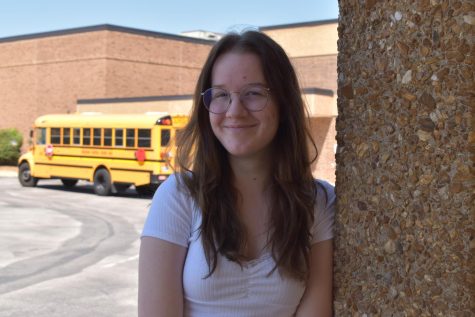Disclaimer: To protect student identity, certain sources have been given different names.
We see the happy-go-lucky attitude daily in our classrooms: brightly colored posters plastered across the walls bearing phrases such as “never give up” and “treat others the way you want to be treated.” We see it in school-wide agreements like “West is best,” “capable, curious and caring,” and Vivian’s Pledge. We see it in cutesy inspirational quotes scribbled in bathroom stalls.
This lighthearted, carefree sentiment is often found in schools, aiming to foster a positive, endlessly joyful learning environment for students. However, cheesy inspirational posters and “school-rallying” slogans aren’t a one-and-done band-aid that can be slapped on to cover much more profound issues of peer discrimination and lack of action. Educational environments should be unconditionally safe and welcoming toward every student, but this often isn’t the case. Students are discriminated against by peers and staff based on several identity aspects, including religion, gender, sexuality, disability and race.
Moreover, this discrimination often goes unseen by the administration. Despite school and national policies against discrimination, hostile actions towards minority groups still occur in many classrooms, leading to much more severe issues than what one may perceive as a small, “joking” comment.
Parkway’s Civility Policy, enacted April 14, 2021, states that “respectful and civil behavior is required on district property” and “abusive conduct shall not be tolerated.” The policy further notes that “attacks on a person’s race, gender, gender identity or expression, national origin, religion, sexual orientation or disability” are included in the definition of “abusive conduct.”
Like Parkway policies, multiple nationwide policies overseen by the Office for Civil Rights prohibit discrimination “on the basis of race, color, and national origin, sex, disability, and on the basis of age.” These anti-discrimination laws protect students in educational institutions that receive funds from the United States Department of Education.
One might think that such strict, clearly outlined policies would leave little wiggle room for those committing acts of discrimination. However, the long-term unawareness of this discrimination has created a less-than-welcoming learning environment for many minority groups in school, teaching bullies that there will be no consequences for hateful actions.
The 2021 GLSEN National School Climate Survey revealed that 69.9% of LGBTQ+ students who experienced harassment in school did not report it because they “did not think school staff would do anything about it.” These policies state that discrimination will not be tolerated. Still, the historic dismissal of LGBTQ+ students has taught them that it is not even worth going to administrators with issues because they will be ignored. Discrimination has become so deeply ingrained into a school culture that it’s impossible to claim that our school is an accepting, kind place for every student. For example, an LGBTQ+ student at West, senior John Miller, faced discrimination after coming out.

“A lot of people [at West] use ‘he’s gay’ and other slurs as an insult. It takes up a lot of space in my brain; I can’t stop thinking about it. I can speak for everyone here; we just want to exist. I don’t understand why [being LGBTQ+] is such an issue for people; it’s not that deep. It causes a lot of loneliness because you’re pushed to the outside if you’re targeted for something you can’t control. It makes people feel more alone like they’re not welcome and they won’t be welcomed,” Miller said.
Homophobic slurs are thrown around carelessly in hallways daily. Phrases like “that’s so gay” and “no homo” are used without awareness of the repercussions. These normalized comments cultivate an ever-growing negative stigma around LGBTQ+ people with each use by insinuating that being LGBTQ+ is innately wrong or something to criticize. This suggests that some students’ mere existence is shameful. How can we claim to be inclusive and welcoming when the regular use of these phrases indicates precisely the opposite?
“I’ve had anxiety attacks. I’ve been crying in bathrooms over stuff that’s happened here, and it’s avoidable if there’s basic background knowledge. If you’re unsure, you can ask. If you were visiting another country and wanted to learn more about the culture, you would just ask; it’s no different,” Miller said. “Last year specifically, I didn’t feel comfortable in the school after I came out. Guys won’t talk to you; they’re mean and say stuff behind your back. There are things that I have heard that people have said about me behind my back that are very negative. I don’t do anything; I’m just here in school, minding my business, just existing. You get this backlash behind your back for something that’s not controllable.”
As high school students with other responsibilities to juggle, it can be difficult to devote time to research topics that affect our peers, but even spending five minutes learning about the negative effects of slurs and off-hand comments can positively affect how we view others. We need to accept that others’ existences aren’t the problem; our biases and lack of substantial education are.
“It’s just basic respect. And that’s something that everyone deserves, regardless of how they identify. It’s not difficult. Using the right names and using the right pronouns, that respect means a lot. I don’t think people realize those sorts of things mean a lot, especially if that person has been struggling to find themselves and be comfortable with themselves,” Miller said.
Additionally, students with Individual Education Programs (IEP) have grown accustomed to constantly facing issues from teachers, from ignoring specific IEP aspects to dismissing the IEP as a whole. Essentially, these students must become self-advocates to receive the equitable educational opportunities that other students get.
Senior Mia Jones has an IEP which states that she gets double the time to take tests, as well as the opportunity to take a test in separate chunks over multiple days. Still, she has encountered various issues with teachers needing to follow her IEP.
“A teacher told me that the only way I could get that [test] accommodation is if I took the test the same day, I couldn’t split it between two days. I would have to take time from another class to finish that test. That night I went home and told my parents because I wasn’t comfortable with that. They sent an email, and the next day, the teacher looked at me in class, once everyone was in the classroom, and told me that I needed to stop making things up,” Jones said. “That adds anxiety to a student. [An IEP] is a legal document. It needs to be followed.”
Teachers cannot cherry-pick the aspects of an IEP they feel like following. One essential step teachers can take in promoting educational equity is simply to acknowledge that a student’s IEP exists and know the basics of it. IEPs are specifically designed to promote a student’s academic success in an environment that was not built to cater to their needs. As a teacher, following and understanding an IEP creates an inviting, safe environment for students to grow and make mistakes as they learn.
Teachers must take student concerns and requests seriously. Improvement cannot be made if issues get resolved for one week, then go back to normal. Rather than forcing students to go through administration to have their voices heard, teachers need to acknowledge and respect students. Students will not feel academically supported if teachers do not respect their legal rights.
Furthermore, Islamophobic incidents are also discriminatory actions. In 2002, a Muslim student was pushed down the stairs following the Sept. 11 attacks. Though incidents of such magnitude have not occurred in Parkway since, schools still have a long way to go in cultivating a safe, inclusive learning environment for Muslim students.
The 2020 American Muslim Poll found that 51% of K-12 Muslim students experienced bullying based on religion. Just as with LGBTQ+ people, students are just trying to exist and get an education. Religion and identity should not impact a student’s ability to learn. The anxiety and loneliness that results from this discrimination make it much more difficult for Muslim students to gain the full benefits of education at West.
We cannot bury the clear evidence of discrimination in favor of portraying a “united” front. Malicious actions and Islamophobic incidents incite fear, making students wonder if they are the next target of religious discrimination. Students can’t fully focus on learning and growing when their minds are divided between a lesson and the anxiety of being targeted for existing.
That said, outward, direct harassment is not the only cause of unwelcoming learning environments. Many smaller actions can quietly send exclusionary signals. In the past, the school PTO sold wreaths and other Christmas-themed items for their holiday fundraiser. This fundraiser did not include products for religions that don’t celebrate Christmas, making it difficult for non-Christian families to participate in holiday giving. Though not a direct act of discrimination, such instances further contribute to feelings of unwelcomeness and a lack of a fully inclusive school culture. Jewish students have felt this unwelcomeness, from exclusion in events to insensitive comments.
“A lot of people are just insensitive. There’s been a lot of Holocaust-related incidents with people making Holocaust jokes. For the few days that [curriculum] touches on the Holocaust, it’s tense because I know somebody’s going to do something offensive. It always happens without fail, and that’s isolating,” junior Katie Wallace said. “I feel like a lot of discrimination isn’t truly hate; it’s born out of ignorance and not knowing enough. When we do touch on Judaism, it’s always about the Holocaust. Learning more about the religion before you jump into ‘oh, six million Jews were killed’ makes it a lot less abrupt and gives people actual background.”
Antisemitism can take many forms, but it seems a common denominator throughout these incidents is ignorance and lack of education. Many perpetrators of hateful comments and exclusion simply lack an understanding of sensitivity and tact. Most “funny jokes” involving “dark humor” aren’t funny or dark humor; they’re just offensive and unnecessary. Properly stopping insensitive comments at the source can reduce the amount of “dark jokes” students make. Teachers must take the initiative to explain to students why their “jokes” aren’t okay to make and how those jokes negatively affect their peers.
Additionally, it is imperative that presentations about religious discrimination accurately depict event sequences and historical actions for student’s mental health and for truthful education. While some argue that students should not be exposed to such topics, sugar-coating and downplaying historical discriminatory events only contributes to the increasing dismissal of religious intolerance.
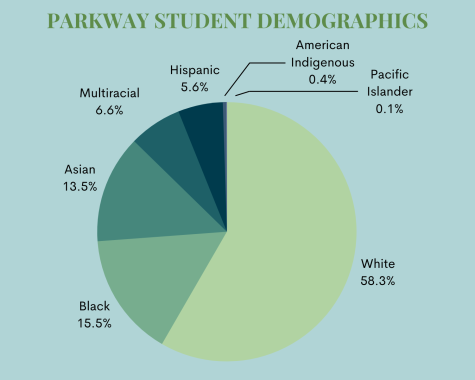
However, not all of these issues have gone without being called out by students. Following George Floyd’s death in 2020, students gathered to march from the high school to the middle school to support the Black Lives Matter movement. Additionally, students from the Black Student Union (BSU) presented a list of changes the district should make to be more inclusive and accepting of Black students. This list led community members to finalize the creation of the Parkway Equity Task Force, a community of Parkway students, staff, administration, state representatives and police officers, which aims to promote safer learning environments for all students.
The 2021 Adolescent Behaviors and Experiences Survey revealed that over 50% of Black students reported perceived racism. Whether it be from students or staff, racism and bias create an unsafe learning environment for Black students, leading to increased mental health issues and disparities in educational opportunities.
“I have bad anxiety, and [experiencing microaggressions] makes my anxiety spiral through the roof. Some teachers can cause students [to have] depression and anxiety, and they don’t realize it because they’re not generally concerned about their students. They’re going to be more aware of students [who need less help] rather than the ones they need to be aware of,” BSU member and sophomore Olivia Williams said.
These microaggressions increase anxiety and depression, making it more difficult to focus and thrive in class. When students experience this, asking teachers for help or forming study groups in their classes becomes difficult. Students like Williams have reported feeling left behind or disregarded by their teachers due to mental health issues. While it may be easier for a teacher to focus only on students they consider to be “successful,” this is not the role of a teacher. As educators, teachers need to educate and work with each of their students equitably. Though we aren’t currently seeing this practice Parkway-wide, more teacher training and acceptance of all students can advance the progress of inclusivity.
As much as we may try to push the narrative that Parkway is a very accepting community, in the past, teachers and peers have repeatedly shown that issues of diversity and inclusion take the back seat on their list of priorities. Our schools should welcome everyone, but community actions tell a different story. However, there are still ways to change this narrative, such as honest historical education, staff diversity training and teaching students about different cultures.
“[Parkway] needs to understand that people come from all over — it’s not just black and white. West is a somewhat diverse school, but they don’t do enough to display it. If the kids say something, then [the teachers] don’t care, but if it’s an adult, they might [actually listen]. It doesn’t feel like [teachers] care about students when the students are voicing their opinions,” Williams said. “Every student in the classroom should feel comfortable being themselves. They [shouldn’t have to] shelter who they are to try to fit in or try to please teachers.”
As a starting point, the district can increase staff diversity training to ensure that schools are safe spaces for all students. Diversity and inclusion training allows teachers to understand cultures they are not a part of and know how to carry out their lesson plans equitably.
“Our district is working hard on collectively thinking through the professional development that we provide teachers that is systematically implemented so that no matter what school you’re working at, your learning about equity and inclusion is the same. And it’s not a one-and-done, but over a cycle of three years, this is what we guarantee our staff and our leaders in Parkway are committed to and learn about,” Parkway Director of Diversity, Equity and Inclusion Cartelia Lucas said.
These school safe spaces can take many forms, including just being an environment where students feel heard. Still, most common are clubs or organizations facilitating safe, private discussions for students who experience discrimination, such as BSU and Gender-Sexuality Alliance (GSA). Discrimination — encompassing anything from offhand comments to hate crimes — can have a serious, traumatic impact on students from a young age. Creating these safe environments to express personal experiences and trauma is essential in forming the necessary support systems students need to succeed in school while experiencing discrimination.
“As a community, we don’t succeed if everyone’s not doing well. Dealing with our issues, whether we’re talking about race or social economics, doesn’t just benefit the people we are uplifting; it benefits all,” Lucas said. “We all like to say, ‘just be kind.’ It’s not enough to just be kind; we can still be hurtful in our kindness. I’ve had people be kind in their tone, but their delivery and their intent were not. Our young people are so quick to say things to one another, devalue others, and that is the root of discrimination. When we’re more able to bring people in, listen to their stories, when we’re tolerant and try to understand others, we treat humans as humans, that’s where we begin to change this.”
To cultivate a more accepting learning environment for all students, administrators, staff and students must actively work to educate themselves on differences in gender, sexuality, disability, religion and race and how those differences don’t make any student “less than.”
There are many ways to work with these differences rather than treat them as taboo. Lucas works daily to foster an inclusive, safe learning environment for every student. Lucas, along with other duties, meets with student, parent and teacher groups to recognize and resolve issues of discrimination, as well as facilitate more peaceful discussions surrounding diversity and inclusion.
“[My] role is intent on helping all people to, one, be seen, valued and heard, but purposely and intently be included, to know that there is someone in our district who is truly looking at where everyone’s voice is at the table; how are we ensuring that we are inviting in even the perspective that we might not agree with? Because it is a perspective, and it will benefit us to know and try and understand that perspective. Inclusion doesn’t happen without intention. The biggest part of this role is being open to understanding and learning other people’s views and values and being willing to say that might not be what I believe in, but it doesn’t make it wrong, and I can learn to understand and appreciate that perspective,” Lucas said.
By using these conversations to create a historically accurate curriculum and educate on cultural diversity and history, we open the discussion of inequity and discrimination to all students in a respectful, empathetic way. Even basic education like this can change the conversation from ignorance to inclusivity and growth.
All of it boils down to the main necessity every student needs in their educational journey: to feel seen. A student who feels seen and understood by their teacher is a student who has far more room to reach their full academic potential. To succeed, teachers must work with their students’ differences rather than treating them like an unwanted chore to tiptoe around. It’s not a matter of personal opinion or bias; these discriminatory actions negatively impact student academic success. We must stop sweeping these issues under the rug and hold ourselves to the inclusive standards we claim to uphold.


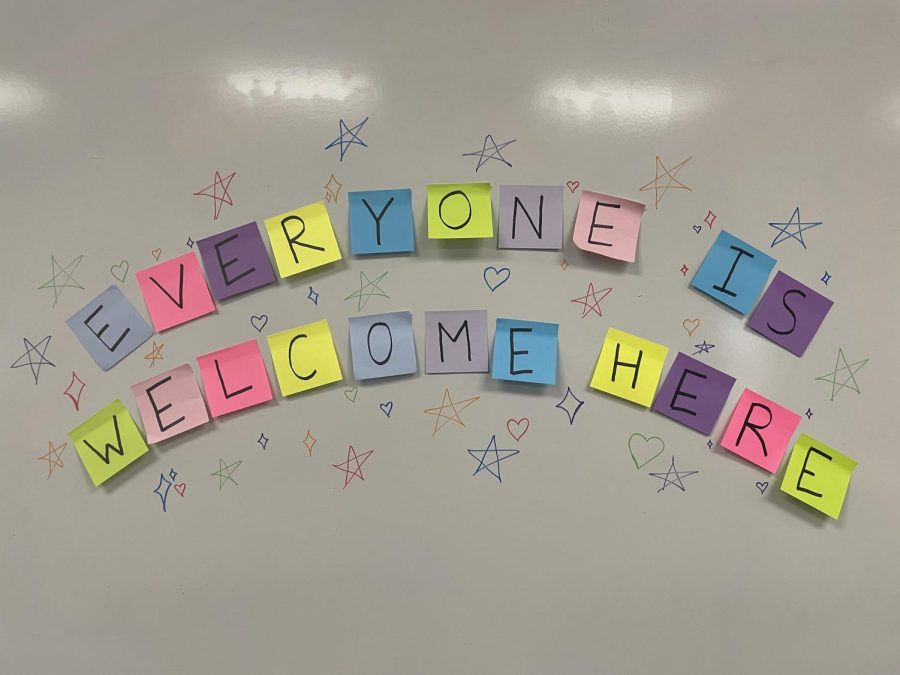
![Dressed up as the varsity girls’ tennis coach Katelyn Arenos, senior Kate Johnson and junior Mireya David hand out candy at West High’s annual trunk or treat event. This year, the trunk or treat was moved inside as a result of adverse weather. “As a senior, I care less about Halloween now. Teachers will bring their kids and families [to West’s Trunk or Treat], but there were fewer [this year] because they just thought it was canceled [due to the] rain. [With] Halloween, I think you care less the older you get,” Johnson said.](https://pwestpathfinder.com/wp-content/uploads/2025/10/DSC00892-1-1200x800.jpg)
![Leaning on the podium, superintendent Melissa Schneider speaks to Parkway journalism students during a press conference. Schneider joined Parkway in July after working in the Thompson School District in Colorado. “My plan [to bond with students] is to get things on my calendar as much as possible. For example, being in [classes] is very special to me. I am trying to be opportunistic [meeting] kids [and] being in [the school] buildings. I have all the sports schedules and the fine arts schedules on my calendar, so that when I'm available, I can get to them,” Schneider said.](https://pwestpathfinder.com/wp-content/uploads/2025/09/IMG_5425-1200x943.jpeg)

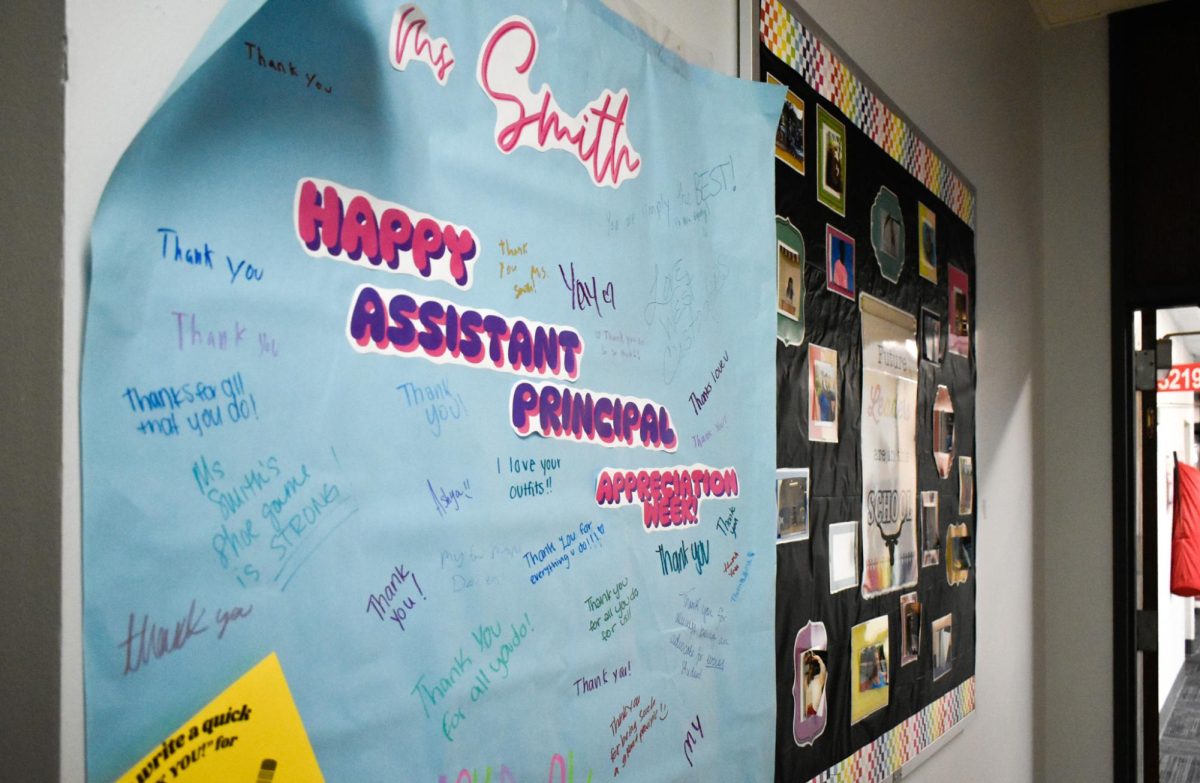
![Red, white and blue, the American flag holds the values of our democracy. The fight that we once endured has returned, as student journalists and senior correspondents across the country are losing their voices due to government control. “[Are] the White House and [the] government limiting free speech [and] freedom of the press? Yes [they are],” chief communications officer of the Parkway School District and former journalist Elisa Tomich said.](https://pwestpathfinder.com/wp-content/uploads/2025/03/Untitled-design-14.jpg)
![A board in the Parkway West counseling department displays pennants of selective universities. With a wide range of students interested in attending, it’s important that these schools have clear priorities when deciding who to admit. “[Washington University] had the major that I wanted, psychology, philosophy, neuroscience. That's a holistic study of the brain, and [WashU is] the only college in the world that offers that. That's the main reason I wanted to go; I got into that program,” senior Dima Layth said.](https://pwestpathfinder.com/wp-content/uploads/2025/02/Flag-1.png)
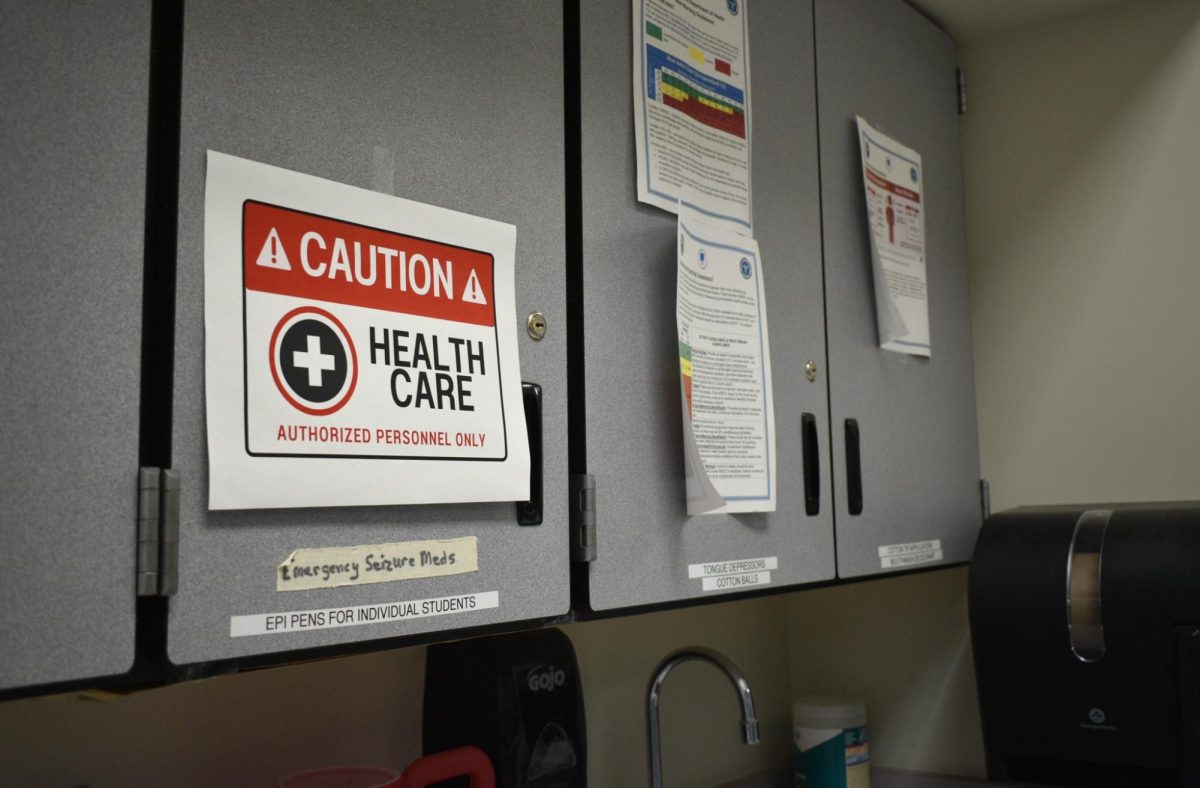
![Within the U.S., the busiest shopping period of the year is Cyber Week, the time from Thanksgiving through Black Friday and Cyber Monday. This year, shoppers spent $13.3 billion on Cyber Monday, which is a 7.3% year-over-year increase from 2023. “When I was younger, I would always be out with my mom getting Christmas gifts or just shopping in general. Now, as she has gotten older, I've noticed [that almost] every day, I'll open the front door and there's three packages that my mom has ordered. Part of that is she just doesn't always have the time to go to a store for 30 minutes to an hour, but the other part is when she gets bored, she has easy access to [shopping],” junior Grace Garetson said.](https://pwestpathfinder.com/wp-content/uploads/2024/12/DSC_0249.JPG-1200x801.jpg)
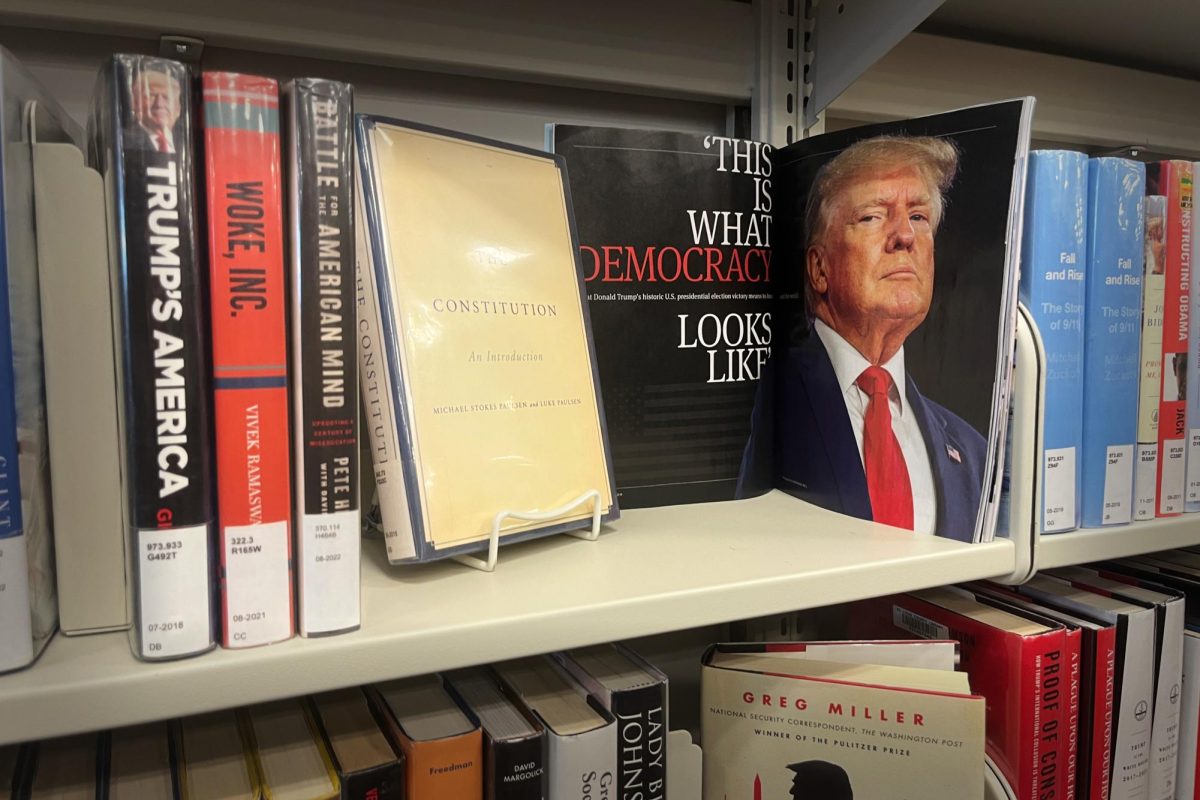
![Senior Sally Peters stands in the history hallway, contemplating her choices in the 2024 United States and Missouri elections on Nov. 5. As a member of Diplomacy Club, Peters has discussed key candidates and issues in contemporary American politics. “[As students], we're starting to become adults. We're realizing how much the policies that are enforced and the laws that make it through the House and Senate are starting to affect us. [Opportunities such as] AP [U.S.Government] and Diplomacy Club [make elections feel] a lot more real,” Diplomacy Club vice president and senior Nidhisha Pejathaya said.](https://pwestpathfinder.com/wp-content/uploads/2024/10/Flag-1-1.png)
![Sitting courtside before a junior varsity girls’ tennis match, senior Tanisi Saha rushes to finish her homework. Saha has found herself doing academic work during her athletic activities since her freshman year. “Being in sports has taught me how to stay organized and on top of my schoolwork. [With] a busy practice and game schedule, I’ve learned to manage my homework and study time better,” Saha said.](https://pwestpathfinder.com/wp-content/uploads/2025/11/DSC_0022-1200x800.jpg)
![Sophomore Maryem Hidic signs up for an academic lab through Infinite Campus, a grading and scheduling software. Some students enjoyed selecting their responsive schedule in a method that was used school-wide last year. “I think it's more inconvenient now, because I can't change [my classes] the day of, if I have a big test coming and I forget about it, I can't change [my class],” sophomore Alisha Singh said.](https://pwestpathfinder.com/wp-content/uploads/2025/10/DSC_0012-1200x801.jpg)
![Senior Dhiya Prasanna examines a bottle of Tylenol. Prasanna has observed data in science labs and in real life. “[I] advise the public not to just look or search for information that supports your argument, but search for information that doesn't support it,” Prasanna said.](https://pwestpathfinder.com/wp-content/uploads/2025/10/DSC_0073-2-1200x800.jpg)
![Junior Fiona Dye lifts weights in Strength and Conditioning. Now that the Trump administration has instituted policies such as AI deregulation, tariffs and university funding freezes, women may have to work twice as hard to get half as far. "[Trump] wants America to be more divided; he wants to inspire hatred in people,” feminist club member and junior Clara Lazarini said.](https://pwestpathfinder.com/wp-content/uploads/2025/05/Flag.png)
![As the Trump administration cracks down on immigration, it scapegoats many immigrants for the United States’ plights, precipitating a possible genocide. Sophomore Annabella Whiteley moved from the United Kingdom when she was eight. “It’s pretty scary because I’m on a visa. When my visa expires next year, I’m not sure what’s going to happen, especially with [immigration] policies up in the air, so it is a concern for my family,” Whiteley said.](https://pwestpathfinder.com/wp-content/uploads/2025/05/DSC_0077-7copy.jpg)
![Shifting global trade, President Donald Trump’s tariffs are raising concerns about economic stability for the U.S. and other countries alike. “[The tariffs are] going to pose a distinct challenge to the U.S. economy and a challenge to the global economy on the whole because it's going to greatly upset who trades with who and where resources and products are going to come from,” social studies teacher Melvin Trotier said.](https://pwestpathfinder.com/wp-content/uploads/2025/05/MDB_3456-1200x800.jpg)
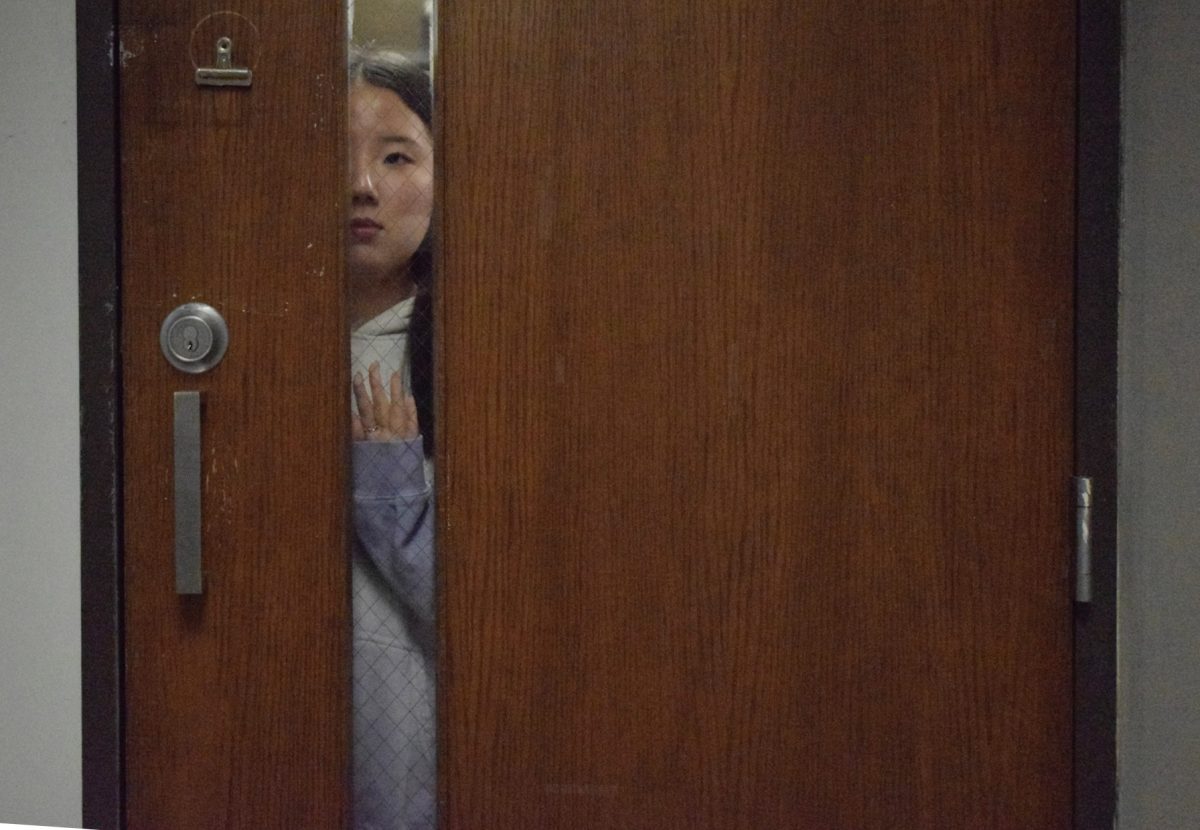

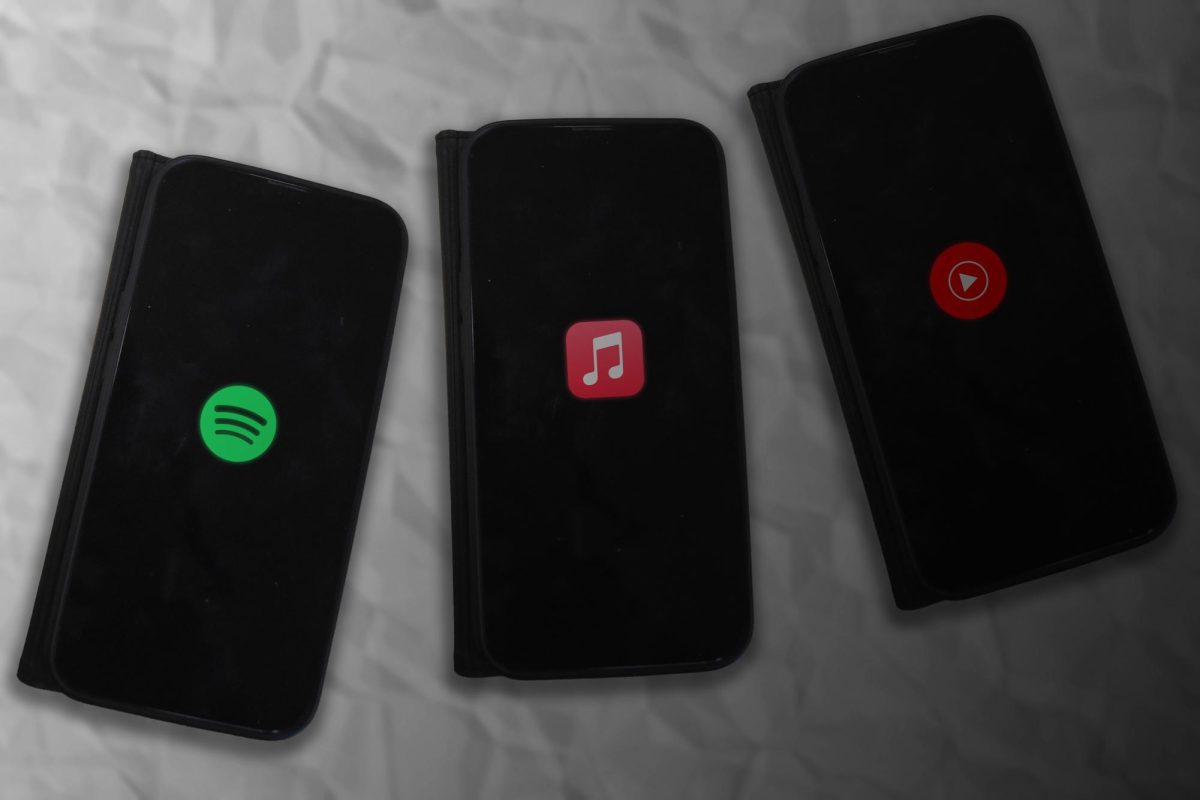
![Some of the most deadly instances of gun violence have occurred in schools, communities and other ‘safe spaces’ for students. These uncontrolled settings give way to the need for gun regulation, including background and mental health checks. “Gun control comes about with more laws, but there are a lot of guns out there that people could obtain illegally. What is a solution that would get the illegal guns off the street? We have yet to find [one],” social studies teacher Nancy Sachtlaben said.](https://pwestpathfinder.com/wp-content/uploads/2025/01/DSC_5122-1200x800.jpg)
